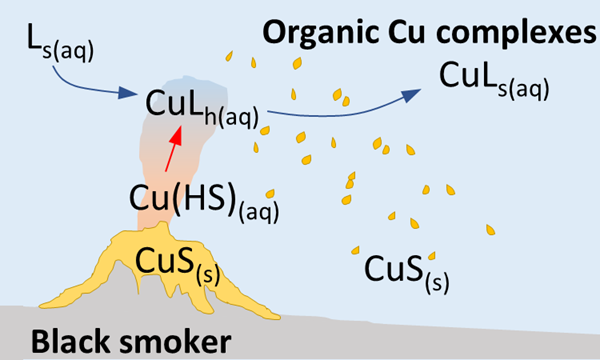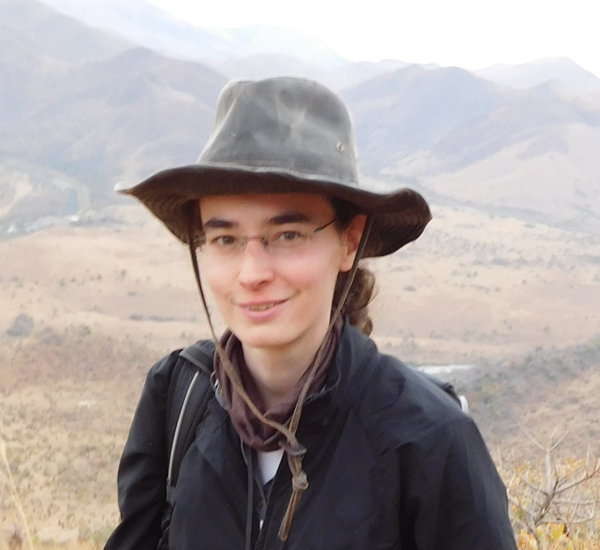
Abstract:
For most of Earth’s history, the oceans were anoxic, and essential nutrients such as nitrate and transition metals are thought to have been scarce. Nevertheless, microbial life has been able to persist and thrive for the last four billion years. New results suggests that hydrothermal vents may have played an important role by supplying key nutrients to the biosphere. First, geochemical data from a fossilized Archean hydrothermal system indicate that hydrothermal fluids actively recycled ammonium back into the open ocean. Vents may therefore have balanced the limited rate of nutrient remineralization that characterized anoxic seawater. Second, thermodynamic models show that hydrothermal fluids significantly elevated the amount of copper in Archean seawater. In the presence of organic ligands, this copper could have stayed in solution and acted as a major copper source for microbial life. Hydrothermal processes may thus have contributed significantly to establishing and maintaining habitability on the early Earth.
Speaker: Dr. Eva E. Stüeken, University of St Andrews.

Speaker bio:
Eva obtained her PhD in Astrobiology at the University of Washington in Seattle in 2014 before moving to the University of California Riverside as a NASA postdoctoral fellow. Since 2017, she works at the University of St Andrews in Scotland as the lead-PI of the gas source stable isotope laboratory.
Host: Shawn McGlynn, ELSI.
Date: Fri, 2 April 16:30-17:30 JST (Fri, 2 April 07:30-08:30 UTC)
Venue: Online
